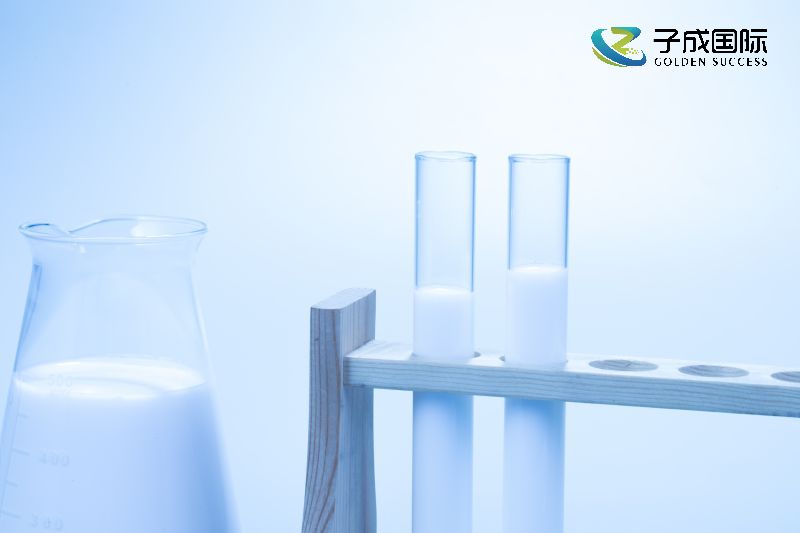Overview of Wetting Agent Fundamentals
Wetting agents, as a type of surfactant, are widely used in various industrial fields. Their main function is to reduce the tension between liquid and solid surfaces, promote the uniform spreading and penetration of liquids on solid surfaces. This article will provide a basic overview of the basic concepts, classifications, and mechanisms of action of wetting agents.

Wetting agents refer to chemical substances that can significantly reduce the surface tension of liquids, making it easier for liquids to wet solid surfaces. They achieve wetting effect by adsorbing on the liquid-solid interface, changing the interface properties.
Wetting agents can be divided into several categories based on their chemical composition and mechanism of action, including anionic, cationic, nonionic, and zwitterionic types. Each type of wetting agent has its unique performance characteristics and applicable range.
The mechanism of action of wetting agents mainly involves two processes: reducing surface tension and interfacial adsorption. When wetting agent molecules adsorb at the liquid-solid interface, their hydrophilic groups face the liquid and hydrophobic groups face the solid, forming a thin film at the interface. The presence of this thin film reduces the surface tension of the liquid, making it easier for the liquid to spread on the solid surface.
Wetting agents, as basic chemical additives, play an important role in promoting liquid wetting of solid surfaces. Understanding its basic concepts, classifications, and mechanisms of action is of great significance for further in-depth research and application.

 English
English
 Chinese
Chinese Vietnamese
Vietnamese
 HOME
HOME
 PRODUCT
PRODUCT
 NEWS
NEWS
 CONTACT
CONTACT


